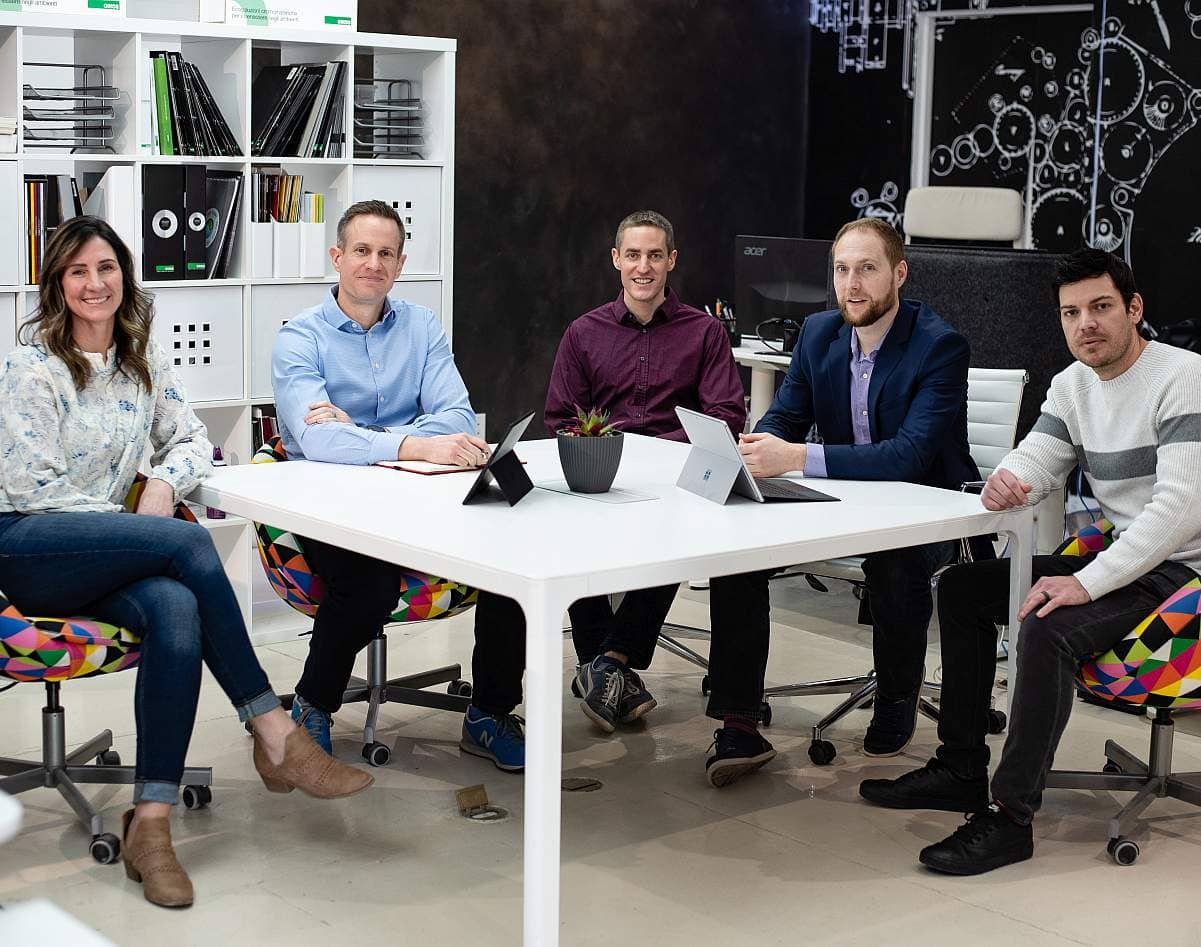
DeepSee.ai Raises $22.6M Series A
DeepSee.ai, a Salt Lake City startup focused on producing business intelligence from existing client data, announced March 15th it has raised $22.6 million in series A funding. The round is led by ForgePoint Capital in San Mateo California, along with previous investors AllegisCyber Capital from San Francisco and Signal Peak Ventures in Salt Lake City. DeepSee’s total funding to date is now $30.7 million.
DeepSee uses natural language processing (NLP) to search for insights that would otherwise be lost in the torrent of data large companies deal with daily. The platform allows users to analyze a wide range of unstructured data types that historically wouldn’t have lent themselves to cross-document analysis. Examples of source data include any documents that use natural language, like PDF, DOC, XLS, JPG, XML, HTML, and email.
 “Our specialty is natural language processing,” says CEO Steve Shillingford. “So taking words from unstructured data and interpreting them, deriving meaning — not just definitions, but semantic context. Is ‘blue’ depressed, or is ‘blue’ the color? That's a pretty sophisticated effort. We put this in the hands of business analysts so they can derive things like, ‘How much risk am I carrying today? Where are my potential outliers, in a real-time mode, that I need to look at?’ This, versus looking at the entire set of data, so analysts can just look at the 20% that causes 80% of the problem.”
“Our specialty is natural language processing,” says CEO Steve Shillingford. “So taking words from unstructured data and interpreting them, deriving meaning — not just definitions, but semantic context. Is ‘blue’ depressed, or is ‘blue’ the color? That's a pretty sophisticated effort. We put this in the hands of business analysts so they can derive things like, ‘How much risk am I carrying today? Where are my potential outliers, in a real-time mode, that I need to look at?’ This, versus looking at the entire set of data, so analysts can just look at the 20% that causes 80% of the problem.”
Initial customers have been larger companies working in capital markets, like banks, hedge funds, exchanges, and insurance companies. Since starting two years ago, the team has grown to 15 people today, but Shillingford says with this investment, the company will grow closer 100 by the end of the year.
Shillingford recalls working at Oracle in the early 2000s, and seeing Salesforce enter the market for customer relationship management (CRM) software. Oracle was dominant in the space, but Salesforce overtook the market by making CRM available to non-technical customers. Shillingford sees a similar opportunity in business intelligence AI, which to this point has been a fractured market with difficult-to-use products.
“AI is kind of reaching peak-hype. There are just a million products out there, and big enterprises are struggling to piece together solutions to solve real problems. I was talking to a lot of business executives about that, and I thought, ‘Here's a great opportunity for us to come into a market and really provide that kind of Salesforce-like experience, but with really powerful AI driven productivity.’”
Almost exactly a year ago, DeepSee was working with several groups to test their platform when the COVID-19 pandemic spread across the globe. Mandatory shutdowns interrupted overseas technical staffing, and major institutions were looking for new ways to drive business forward. That’s when DeepSee saw a “battlefield promotion”, as Shillingford puts it.
“You get a call from a very well known, name brand financial institution, and they say, ‘Hey, we're flipping the switch. Everything better work.’”
To DeepSee’s credit, the tools worked so well that early clients soon sought new ways to deploy the AI.
“In regulated markets, like banking and insurance, there's so much pressure to stay on top of compliance, yet there's also this overarching margin compression because it's just so competitive,” says Shillingford. “And some of the larger banks are worried about FinTech. So they're getting compressed at the top (by regulation), and from the bottom (by smaller FinTech startups).”
Shillingford points out that user-friendly AI can be especially useful in rapidly changing environments, where real-time data analysis would be nearly impossible for humans alone.
“If you just think about the pandemic, the Fed and the European Central Bank, they were changing margin requirements and clearing rules literally overnight,” he says. “So rigid, fragile, bespoke processes don't really fit well in that kind of environment. You've got to have something that's really adaptable.”
While the 2020 pandemic created countless challenges in business, Shillingford is optimistic that the next decade will see rapid innovation.
“I look back to what happened in the 1918, Spanish flu, and I say, ‘Gosh, that was about two years before the roaring 20s’. And what did you have in the roaring 20s? You have massive amounts of innovation. The automobile became available to everybody, the radio, the TV, all these innovations served to elevate people's standard of living and quality of life. I'd like to think that the 2020s now are going to have a lot of the same momentum. We're going to be able to do things that we never thought possible. I prefer to keep that positive kind of optimistic attitude.”









